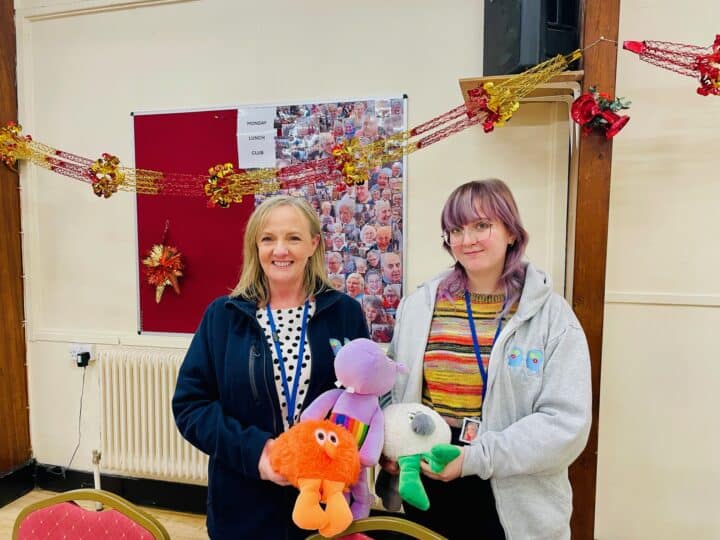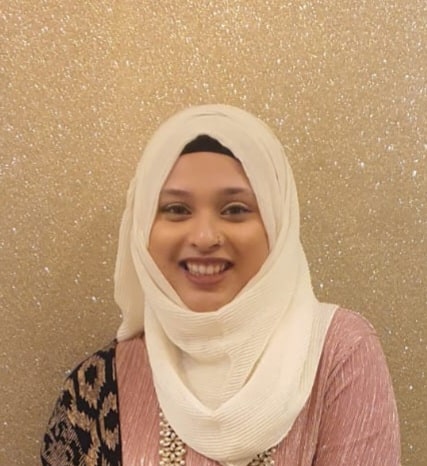-
About
About
Local Trust is a place-based funder supporting communities to achieve their ambitions.
Find out moreGo straight to…
< Back to main menu -
Big Local
Big Local
Big Local is an exciting opportunity for residents in 150 areas to create lasting change in their communities.
About the programme< Back to main menuSupport centre
Essential guidance, information and ideas for Big Local partnerships, to help you deliver change in your community.
Visit the support centre -
Other programmes
Other programmes
Find out how the principles of Big Local have inspired other programmes creating change in local communities.
< Back to main menuCommunity Leadership Academy
Supporting volunteers involved in Big Local projects to develop their skills and knowledge.
Find out moreCreative Civic Change
This new approach to funding enabled communities to use art and creativity to make positive local change.
Find out more
-
News and stories
News and stories
The latest news and stories from Big Local areas and beyond, exploring community power and resident-led change.
ExploreGo straight to…
< Back to main menuVoices of Big Local
Inspiring stories from the people making change happen in their communities.
Read more - Insights
- Policy

-
About
About
Local Trust is a place-based funder supporting communities to achieve their ambitions.
Find out moreGo straight to…
< Back to main menu -
Big Local
Big Local
Big Local is an exciting opportunity for residents in 150 areas to create lasting change in their communities.
About the programme< Back to main menuSupport centre
Essential guidance, information and ideas for Big Local partnerships, to help you deliver change in your community.
Visit the support centre -
Other programmes
Other programmes
Find out how the principles of Big Local have inspired other programmes creating change in local communities.
< Back to main menuCommunity Leadership Academy
Supporting volunteers involved in Big Local projects to develop their skills and knowledge.
Find out moreCreative Civic Change
This new approach to funding enabled communities to use art and creativity to make positive local change.
Find out more -
News and stories
News and stories
The latest news and stories from Big Local areas and beyond, exploring community power and resident-led change.
ExploreGo straight to…
< Back to main menuVoices of Big Local
Inspiring stories from the people making change happen in their communities.
Read more - Insights
- Policy
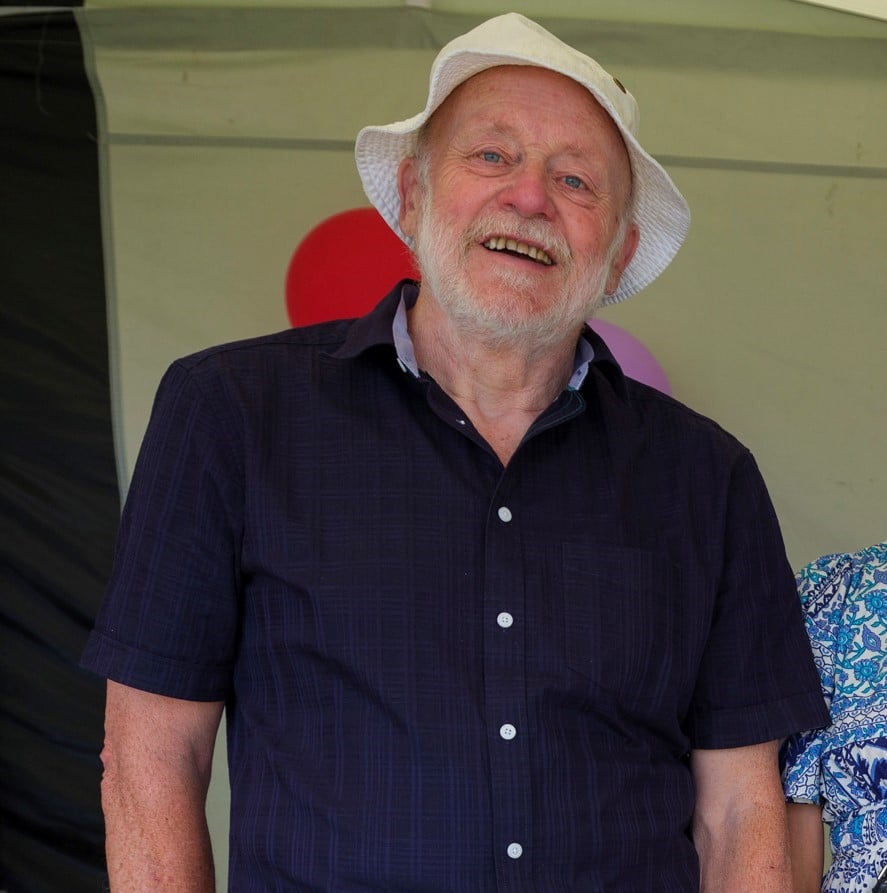
‘I think what we’ve given a lot of people is self-confidence’
In the Big Local area of North meets South, chair Roy Figes explains how they broke down barriers and brought two communities together. Find out how they have been addressing issues affecting younger people and listening to what residents really wanted for their area.
In the London Borough of Barking and Dagenham, North meets South Big Local joins two distinct communities, separated by the busy A12. Chair Roy Figes explains how they’ve invested in local infrastructure, enabled local projects to get established, and provided a platform for residents to come forward with ideas that might otherwise never have been realised.
Every neighbourhood has that person they turn to for advice, who is part of the fabric of the area. Somebody who is a trusted voice, with the ability to bring different strands of the community together.
In the Big Local area of North meets South, that person is Roy Figes. He moved to Marks Gate, which makes up the ‘North’ part, in 1978 from Camberwell in South London.
“In the first week I arrived here, I went to a meeting about running a play scheme in the old park and things haven’t stopped for the past 46 years!” Roy laughs, when we meet outside the Marks Gate community centre.
He went on to set up a children’s home on the Marks Gate estate, has run the local Baptist Church, and has consistently been involved with a succession of projects to tackle homelessness.
He has also been the chair of North meets South for the past decade – a role that came to an end in July this year, when the area hosted its closing party in Tantony Green.
Breaking down barriers
At a cost of £160,000, the transformation of Tantony Green was North meet South’s single biggest investment, which was bolstered with financial backing from the Veolia Environmental Trust and Barking and Dagenham Council.
It has gone from 1.5 acres of featureless land to having a football pitch, a multi-use games area, an outdoor gym, a zip wire, an adventure tree house, plus play and picnic areas – and was the product of simply reaching out to the community to find out what residents wanted most.

The play and picnic area on Tantony Green. Photo: Local Trust/Claudia Leisinger
On the day that I visit it is packed with people spanning different age groups, and although the project was completed five years ago, it is so well cared for it looks like it was only opened last week.
We asked local groups to bid for money and the community voted for the ones they felt should get our backing.”
Marks Gate is located off the A12, a road which begins in the heart of London’s East End and runs all the way through to Ipswich. It sits just inside the boundary of the London Borough of Barking and Dagenham, almost out of sight and therefore often out of mind.
On the other side of the A12 is where you’ll find ‘South’ – the divide between the two is an underpass that was featured in the film Harry Brown starring Michael Caine, who used Roy’s church to get changed between scenes.
In some ways, the underpass had become symbolic. While Roy says there’s never been an incident there in the whole time he’s lived in the area, residents still don’t like going near it and, as many Big Local areas can testify, ingrained perceptions are hard to shift.
“The north side of the road is mostly made up of young families, teenagers, and social housing, whereas residents are likely to be older on the other side, with some homes under private ownership,” Roy explains.
Yet North meets South has broken down some of the barriers and held events and day trips designed to encourage more interaction and cooperation. It has also enabled local projects to get up and running through a successful community grants scheme.
“We developed an approach, a bit like the TV show Dragon’s Den, where we asked local groups to bid for money and the community voted for the ones they felt should get our backing,” Roy explains.
Two of the most successful projects born out of that approach are Stay and Play, a children’s play group run by a group of local mothers, and Marks Gate Boxing Club.
“Both have become self-financing and now only come to us for moral support,” Roy says.
A platform for people to come forward with ideas
When asked to consider what he thinks will be the legacy of North meets South, Roy believes it has provided a platform for people to come forward with ideas that meet a local need but would have otherwise struggled to get support or would have simply been ignored.
“Over the past dozen years or so, there have been numerous programmes specifically aimed at addressing issues that affect younger members of the community but also their families,” he explains.
One such example is when North meets South established a series of anti-grooming workshops for pupils at Marks Gate junior school, which was also extended to parents.
It was designed to serve as an early intervention programme to prevent kids getting involved in gang and/or criminal activity, which is an ongoing issue in the area, and to address a lack of awareness that had been identified among parents and the community. By the end of the sessions, 98% of the children who participated said they better understood the dangers posed by child grooming.
Another example is the Messy Play project, which was set up by two volunteers, Aisha and Annette, with funding support from North meets South. It is now a CIC (Community Interest Company) bringing in its own funding, with ambitions to reach children with additional needs and their parents in different parts of the borough and across London.
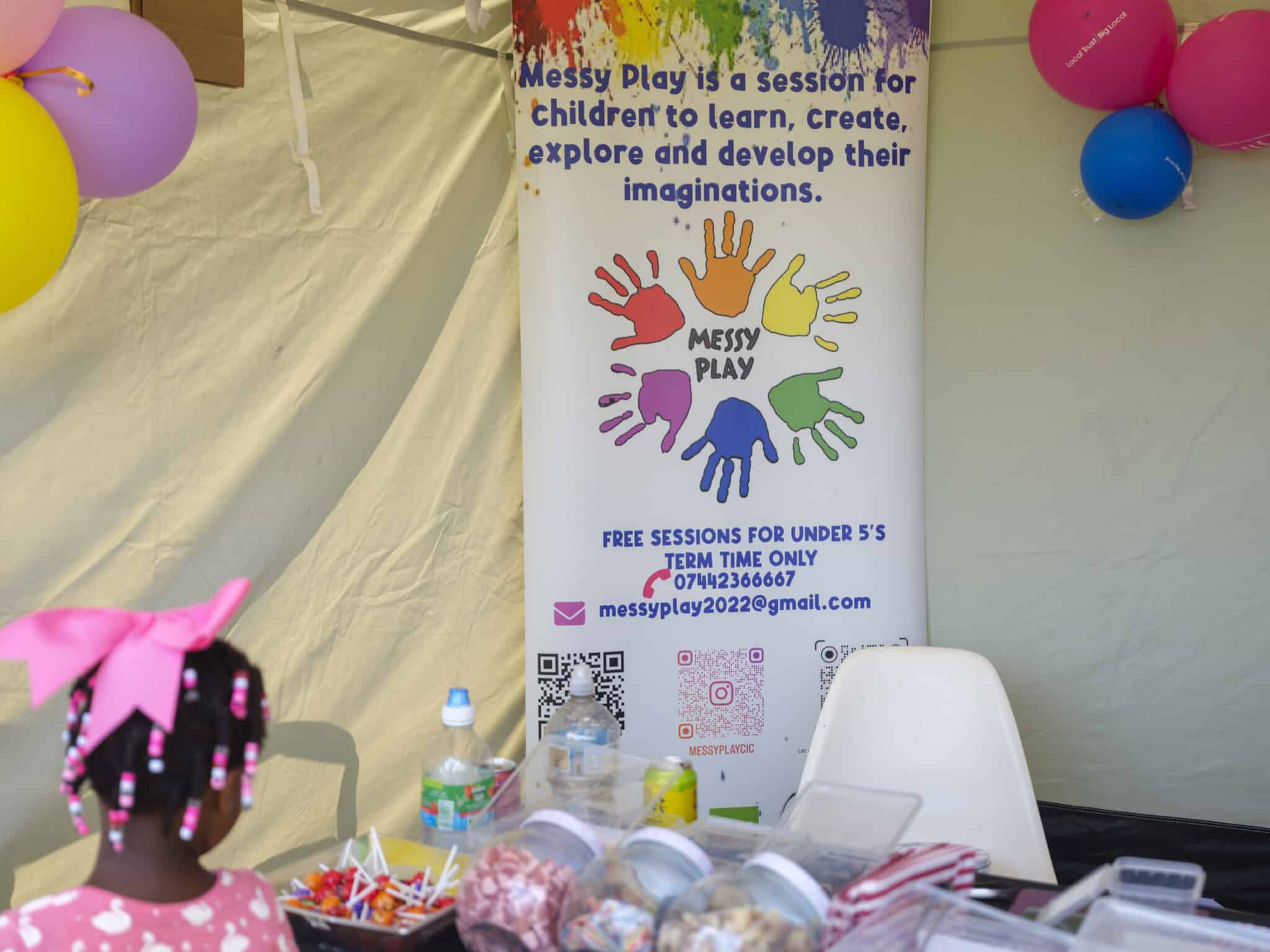
A Messy Play session set up at the North Meets South celebration event. Photo: Local Trust/Claudia Leisinger
Creating a better place to live
The broad ambition for each of the 150 Big Local areas when they started back in 2012 was to ‘make their communities an even better place to live’.
I believe that if you improve the appearance of an area, things will improve around that.”
“Within the first couple of weeks that I moved here all those years ago, I was asked to do a survey on the bus service. So, I partnered with community groups and the church and, to be honest, it wasn’t a nice place to live,” Roy recalls.
“It was run down. But I believe that if you improve the appearance of an area, things will improve around that. It’s not to say we don’t have any problems here. But this is a better place now and I hope Big Local has played some part in that.”
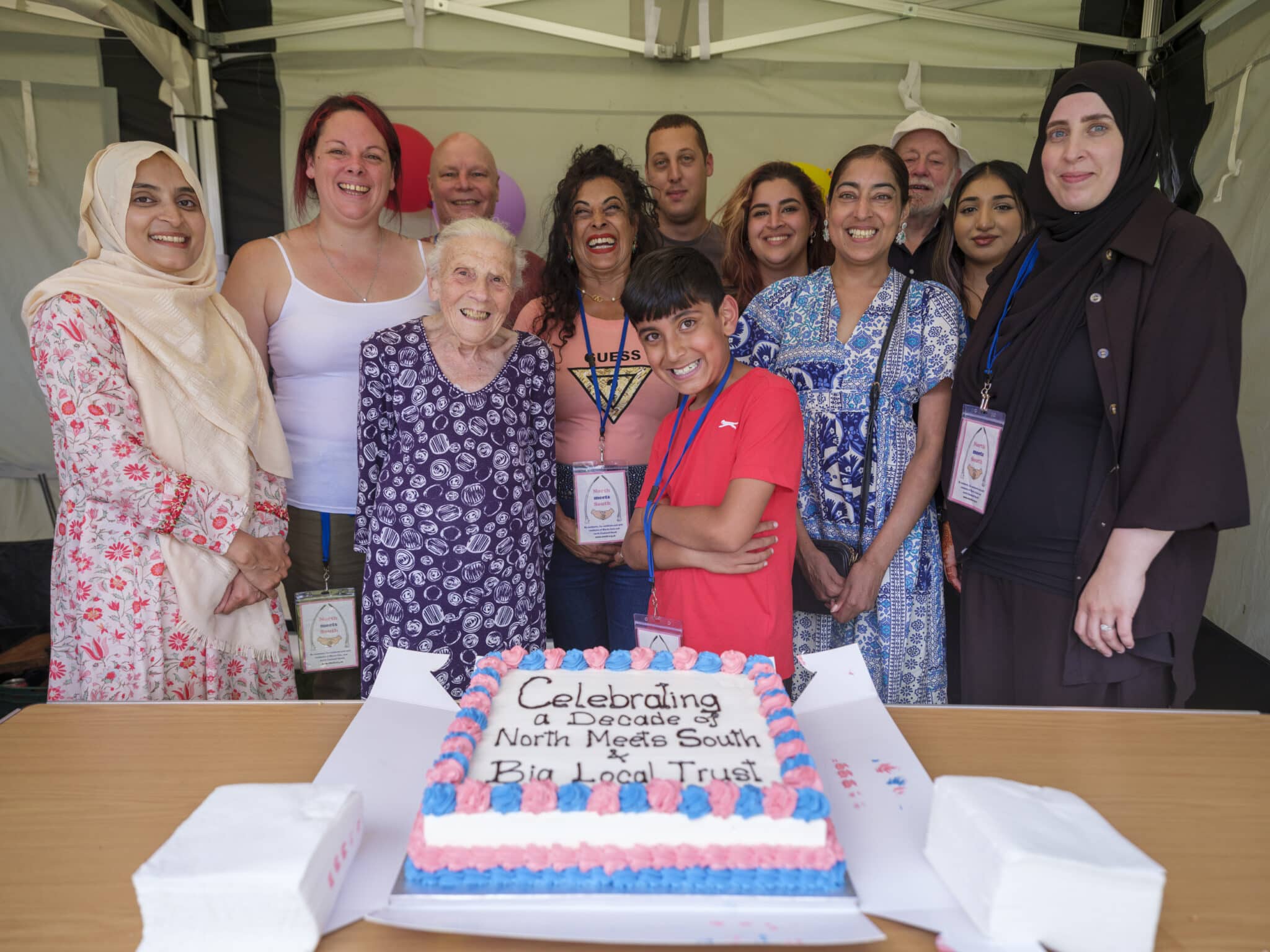
North Meets South volunteers and partnership members. Photo: Local Trust/Claudia Leisinger
There are some regrets. One is not having a permanent office or drop-in centre, but money that ended up being spent on getting local projects off the ground would have otherwise been swallowed up by paying rent.
It also took a long time to put together a partnership with a clear sense of purpose and direction. But being involved in a programme spanning more than a decade meant not having to be rushed into making decisions.
“I think what we’ve given a lot of people is self-confidence. It’s nebulous, and you can’t calculate it, but that’s the feedback I get from meeting and speaking to people who got involved in our projects or received our support,” Roy says.
“The irony is that I feel like just as we’ve really hit our stride it’s coming to an end. But I will always be a sounding board for advice for anyone here who needs me.”
By Ryan Herman
Read more inspiring stories from the people delivering Big Local on our Voices page.
Our new website launches January 2026 with 15 years of Big Local insights. Sign up to our newsletter to stay updated.
Our new website launches January 2026 with 15 years of Big Local insights. Sign up to our newsletter to stay updated.
